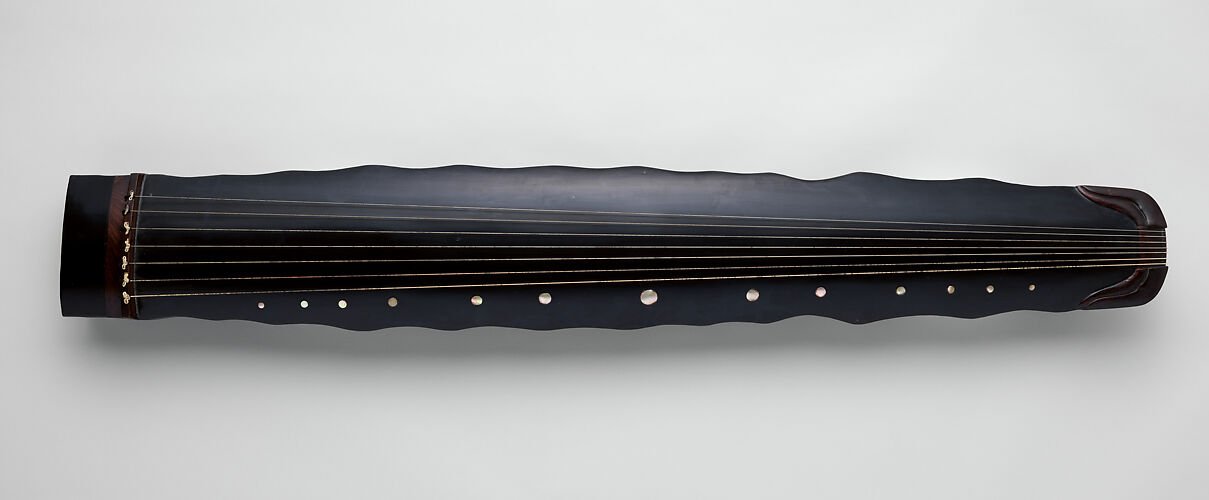Seattle Shakuhachi Matsuri
The Big Three
Understanding the collected works of shakuhachi music can be somewhat confusing, even to people well-versed in the tradition. Mainly, we have honkyoku—the original music of shakuhachi—and sankyoku, or sometimes gaikyoku, referring to ensemble music that incorporated shakuhachi in the 19th century. But in the collected honkyoku of Kurosawa Kinko I, these pieces were first divided into two groups and further subdivided into several subcategories (omote, sō-gyō-no-te, bekkaku, shin-no-te, and ura). This was later streamlined to just sho-den (beginning), chū-den (middle), and oku-den (back).
Further confusing matters, these divisions have nothing to do with the technical difficulty of each composition as similar fragments, phrases, and motifs are employed throughout the whole of the honkyoku collection. In other words, there’s no easy way in.
Within the sho-den collection are three pieces in particular called bekkaku or the Traditional Three. They are Mukaiji Reibō, Kokū Reibō, and Shin Kyorei, and provide the foundation for honkyoku and indeed the entirety of shakuhachi music—at least as far as Kinko-ryū is concerned.
This weekend is the Seattle Shakuhachi Matsuri, now in its 11th year, which will be my second opportunity to join in the festivities. It promises to be a day of workshops, recitals, and a teacher concert.
For my classes, I selected Sanya Sugagaki (三谷菅垣) as an introductory and fundamentals practice piece. I dislike the use of the word beginner, as many people find it belittling and off-putting. Players who may want to peek into another style, or are largely self-taught and want to make sure they aren’t ingraining any bad habits may be discouraged from joining what may otherwise be an informative experience.
Sanya means “three valleys”; Sugagaki refers to a rhythmic pattern played on the antecedent of the koto called wa-gon, literally translates to “a piece of,” and was adopted to mean instrumental music among common people. In shakuhachi music, it simply means music not part of the Fuke legend. The slightly more rhythmic approach in Sugagaki pieces versus the more traditional shakuhachi music is immediately apparent especially by comparison.
和琴 (wagon)
It is a mistake to consider traditional shakuhachi music free time. While we don’t have time signatures, bars, or measures, the music has a definite pulse that must be respected. This leads me to the second piece I will be teaching—one of the Traditional Three, Shin Kyorei (真虚霊). Kyorei is the “Bell of Enlightenment” in Fuke legend; Shin in this case means “true.” As I mentioned, despite the foundational nature of the Traditional Three, they are certainly not easy by any stretch of the imagination. Arguably the most challenging aspect to truly inhabiting a piece like this is grasping the flow and space; the notes and the space between notes must be considered.
Shin Kyorei, along with Kokū Reibō and Mukaiji Reibō (“Reibō” literally means “yearn for the sound of the bell”) provide the spiritual base of the Fuke sect of Buddhism. They would have been played at ceremonial events taking the place of the sutras, and were essential to the practice of Zen at every Fuke temple.
My hope in selecting these two very different compositions is to highlight the broad spectrum of sound the shakuhachi offers, even within the Kinko school alone.
More anon,
Hanz

